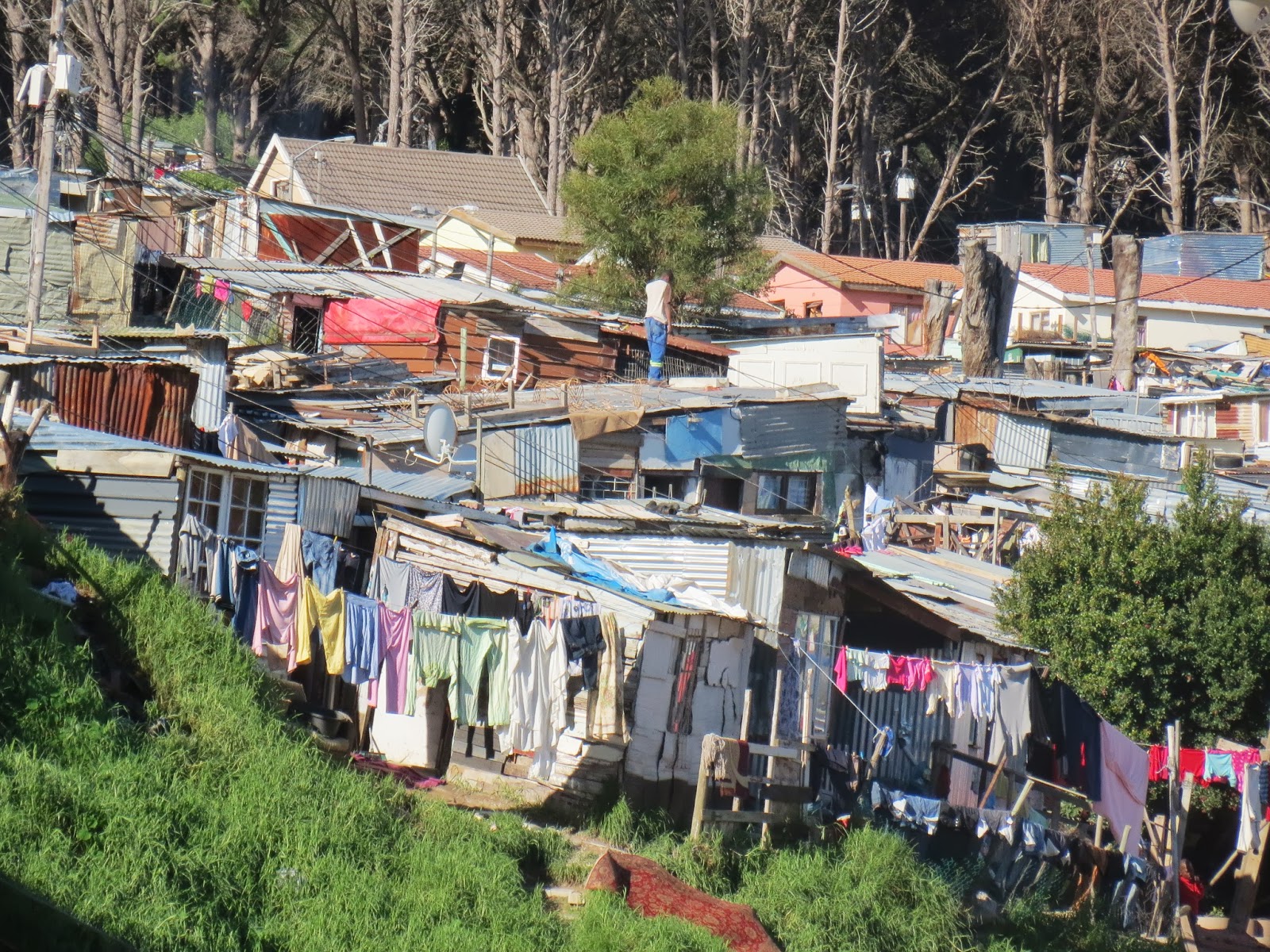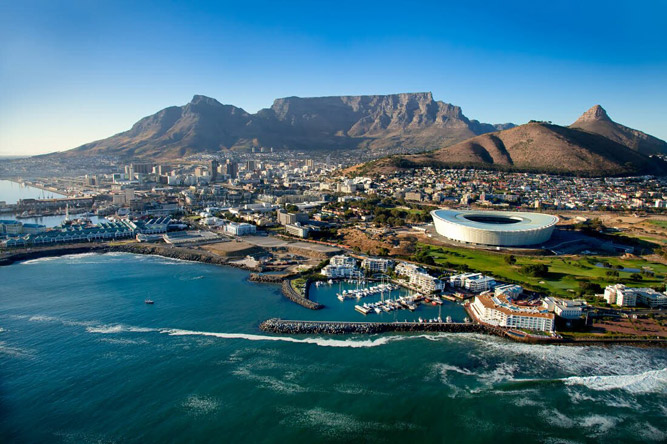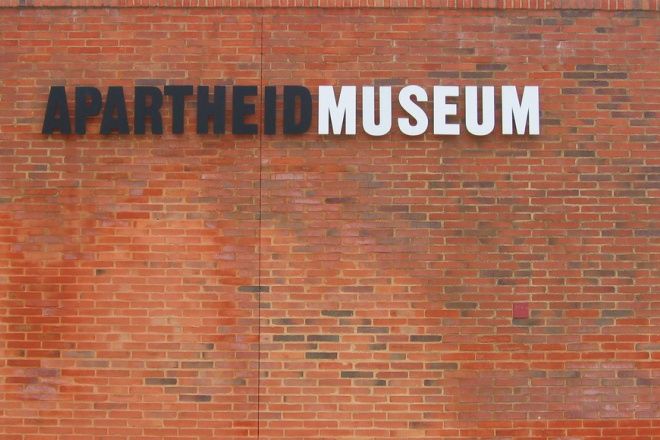Today we had the awesome experience of taking a hop on/hop off city bus tour through Johannesburg and the township of Soweto. We learned so much about the history of both of these communities, and really enjoyed the opportunity to sit back, relax, and listen as we watched the city pass us by.
We started our tour back at the Apartheid Museum, where we caught the bus and headed into Jo'burg proper. The first interesting thing I learned was that Johannesburg goes by many names - Jo'burg, Jozi, the City of Gold...Although it's official name is Johannesburg, historians aren't certain which Johanne the city was named after. Jo'burg is located 1700 meters above sea level, and is a metropolis 4 times larger than London. It contains between 2-12 million people, depending on which survey you reference and how wide they consider the range of the metropolis. Jo'burg appeared to me to have a central down town region, with many sprawling areas beyond. The central downtown area is crowded and urban, but the surrounding areas still have lots of open space and grasses all around. The tour described Jo'burg as being an improbable place to live - so high above sea level and the only of the world's largest 50 cities to be built not near a water source.

As we learned previously, Jo'burg sprung up largely as the result of the discovery of gold in the 1886. The landscape still bears the evidence of these beginnings. The landscape surrounding Jo'burg is dotted with golden, sandy hills. We came to learn that these are not actually natural hills, but the mounds of dirt which were dug up as mines were built. You can also see the remains of different mining shafts peeking above the ground all around the city.
As we rode into the inner city of Jo'burg, I was struck by how similar it felt to parts of Kampala, Uganda. Having lived in Uganda for 2 years and traveled through it's capital city many times, some of the sights of Jo'burg felt so familiar - little shops on the first floor of buildings, matatus (mini buses) criss crossing through different parts of the city, the contrast of urbanization and development...And many, many people! The fact that we were touring on a Sunday meant that parts of the city were much quieter (in Uganda we always preferred to travel on Sundays for this very reason!) Our bus tour described these parts of the city as having the "buzz of an African city" - this felt very familiar as we drove through. The biggest difference from Kampala? No boda boda motorcycles!!! Joining us on the road were many taxi buses, and we also saw the large train station, which transports many urban commuters into the city each day. During the Apartheid regime, the city was a whites only region, as were the city buses and trains that connected it. As a result, taxis sprung up as the only way to transport blacks into the city for work. They have remained a significant aspect of transportation within Jo'burg.

Additionally, we saw the buildings which issued the infamous passbooks to black and colored citizens during the Apartheid regime. Those workers who came to the city were required to have passbooks (identification). Police routinely checked for passbooks and heavily persecuted those who did not have them. Not far from there, we passed the jails and the magistrate courts, home to many legal decisions and consequent jailings during the anti-apartheid movement. Towering over all of these, is the imposing structure of what was once home to the Apartheid regime offices. This building was built almost like a long wall - the tour described it as being a visible reminder of power to all those who saw it. As I looked at it - all I could see was fear and insecurity - as if a building could create power that should never exist. At the museum the previous day, one of the Apartheid leaders was quoted as describing the need to dominate 80% mentally, since the white population was only 20%. This building was a testament to that attempted domination, yet only served to remind me of the fear of those who attempted to lead so corruptly during that period.

Also on our tour we passed "Wits," a large university of 29,000 students and notable alumni including 4 Nobel Prize winners and the first female math PhD in South Africa. We also passed through Ghandi Square, where Ghandi one practiced law in Jo'burg. Neither Ryan or I realized that Ghandi spent more than 20 years living and working here, and many of his experiences of discrimination shaped his ideas and the ideals he came to peaceably fight for. We also saw the Carlton hotel, the tallest building in SA, and now home to the local tax collection agency. "A visible reminder that you can't hide from the tax man," as our tour described it.
One of my biggest takeaways from the Jo'burg tour was the emphasis on contrasts. The audio tour described Jo'burg as a place that testifies to the horrific and the triumphant, the incredible strife yet incredible opportunity also present there. This came through so clearly - it's a city filed with hope, yet a city bearing so much pain as well. The tour asked visitors to reflect on the question of how anyone could love a place where so many awful things had happened, and encouraged us to see that the people of Jo'burg are what make it beautiful. Only through healing together can the ever-growing Jo'burg create a new history for itself.
Then...on to Soweto. We had the opportunity to travel through Soweto with a local guide who shared a wealth of information on Soweto's history and current experience. We also had the crazy coincidence of meeting a Ugandan couple, from the very same neighborhood we lived in during our homestay in Uganda! A reminder of what a truly small world it is!
On our way towards Soweto, we had the chance to stop at the FNB soccer stadium, home to the 2010 FIFA World Cup! It's a really interesting looking stadium, designed to have the look of an African calabash. It was also the site of Nelson Mandela's memorial service this year. It has a capacity of 90,000, one of the largest stadiums on the continent. At Mandela's memorial, it was full to capacity and another 60,000 people overflowed outside. I can't imagine being there at either of these momentous events!
Then...on to Soweto. Soweto (short for Southwest Township) was a community designed to house the black Africans who worked in Johannesburg. Historically, black workers were not allowed to live in Jo'burg. So, the government created hostels to house those working in the mines. Conditions there were awful - when the night shift workers went to work, the day shift would take their beds, and life there was very unsanitary and uncomfortable. As the number of workers grew, so did Soweto. Now, as you drive through the streets, you see stark contrasts between the different groups of people who live there. On one side of the street, you see the upper class homes, contrasted sharply with the middle and lower class homes just across the street. The lower class is primarily made up of the people who work in the city's recycling system. They live in tiny homes of sheet metal walls with no electricity or running water. In other parts of the community, middle class landowners rent space on their property for poorer households to construct a shack. These illegal arrangements share toilets and electricity, and are an expensive alternative for those of the lower class. Although the conditions in the lower class part of the township are very poor, they are reminiscent of sights in other developing countries I have visited and lived in. The most striking difference between these familiar communities and Soweto is the simple fact that this community was created as the legally forced home of black africans, while white Afrikaaners lived in comfort and privilege mere kilometers away in Jo'burg.

Soweto now is home to between 4 and 6 million people (more than in Jo'burg proper!), and includes people of upper, middle, and lower classes. Although it was created to racially divide the people of the Jo'burg area, now all are welcome here, and 20% of its current population is now white. Soweto includes everything you might expect to see in a town - churches, schools, petrol stations, and one of the largest hospitals on the continent (serving over 6,000 patients each day!). It is still home to Winnie Mandela, and members of Desmond Tutus family. It is also the only place in the world where two Nobel Prize winners have lived so close - The homes of Desmond Tutu and Nelson Mandela are literally just down the block from each other, and we had the neat opportunity to get to see both.
Soweto also became a hugely significant location during the struggle for freedom during the Apartheid regime. It was in Soweto on June 16, 1976, that the young people started an uprising which had a monumental impact on the movement. A group of students decided to protest because their instruction at school was in the language of Afrikaans, the language brought by the Dutch, and which they could not understand. The gathering gained momentum, and soon 20,000 students and young people gathered to march to the Orlando soccer stadium. They were soon stopped by police, and while waiting for other students to join them, a police warning shot set off a panic and the students began throwing rocks. Police responded with gunfire, and before long over 140 students were dead. We saw the bridge on which the first student victim was shot, and visited the Hector Peterson Memorial - a monument to these courageous students and named after the 6 year old child who became of one of the first young victims of the 1976 struggle.
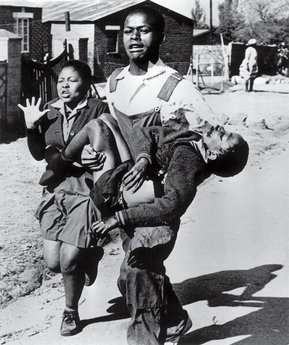
After being at the Apartheid museum and seeing footage of the 1976 uprising and following political activism in Soweto, it was inspiring to travel on its streets and imagine the significant and troubling events that took place there years ago.
So - a very full, very educational, and very great day! I felt privileged to have the opportunity to get a glimpse into the history and modern reality of Jo'burg and Soweto, and continue to feel awed at all of the pieces of the puzzle of South Africa's journey of human rights that I am getting to experience.
Until next time!
~emily~
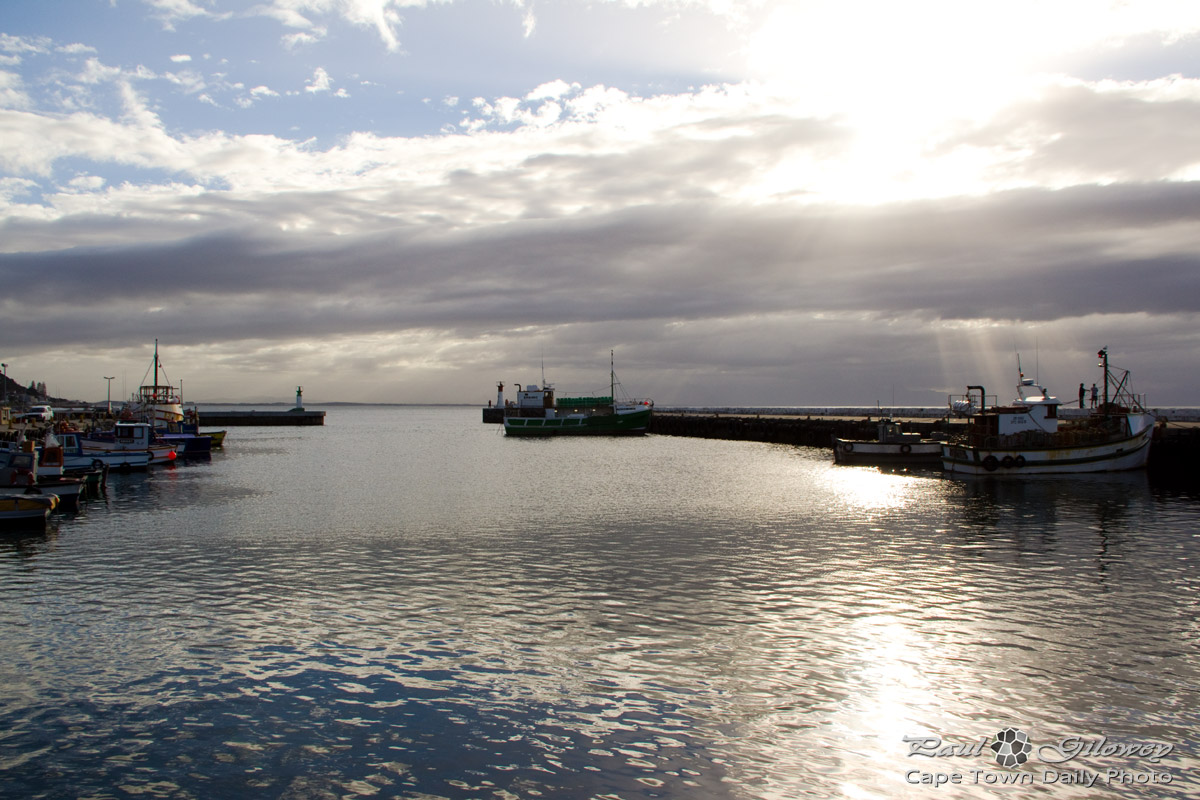



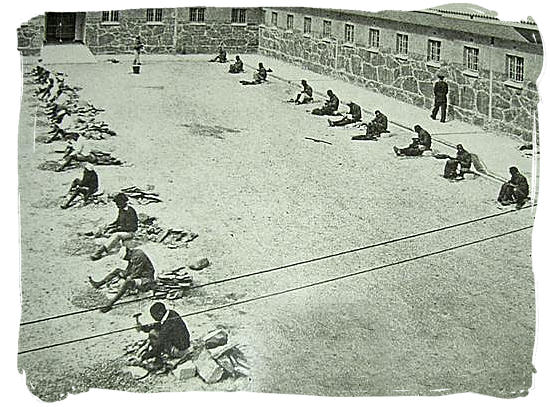

.jpg)




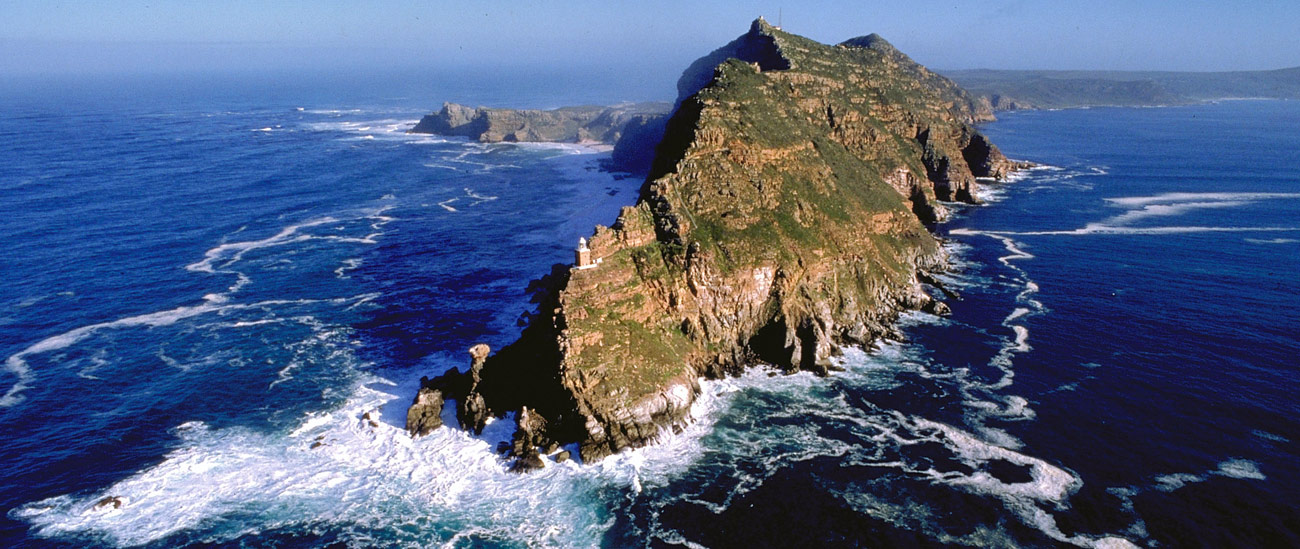
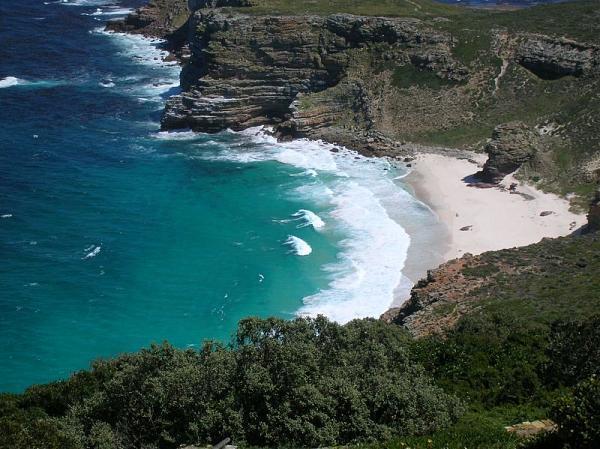








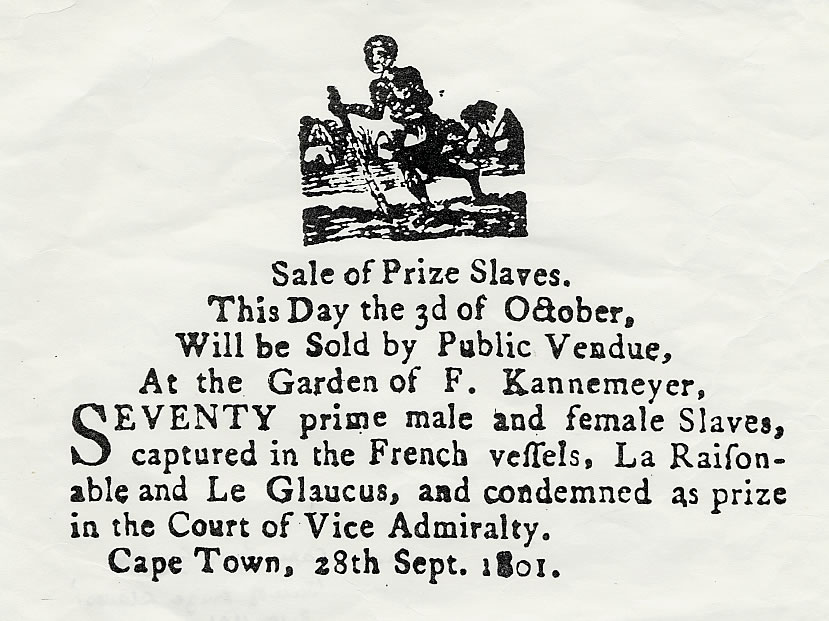






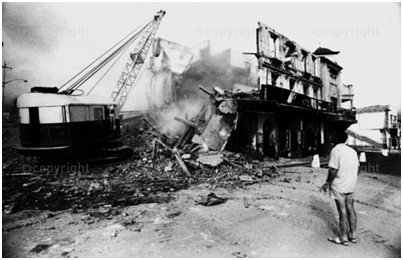

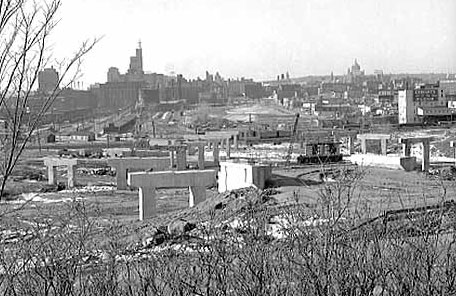

.jpg)


